Artificial intelligence has become an essential growth strategy for entrepreneurs. Almost 9 in 10 organizations believe AI will enable them to gain or sustain a competitive advantage — yet only 35% of companies currently leverage AI.
The majority of businesses leave the benefits of using AI — from optimizing research to streamlining operations — on the table. To stay competitive, entrepreneurs need to figure out how to integrate AI into their business strategy.
Table of contents:
- What is AI for businesses?
- What are the benefits of AI for businesses?
- AI for businesses case studies
- AI for businesses tools
What is AI for businesses?
AI for businesses involves integrating AI into a business’s strategy, mainly for tasks that require some level of human intelligence. Within a business, as examples, AI can:
- Convert speech to text for emails or memos
- Translate text for foreign markets
- Generate images from text for marketing purposes
- Solve problems, such as aggregating data to make data-driven decisions
For the most part, AI for businesses does not necessarily entail replacing a human worker with AI. Rather, professionals on all levels — from entry-level workers to C-suite executives — can use AI to improve their job performance.
What are the benefits of AI for businesses?
“Across nearly every business function, we’re seeing AI make a major impact on business as usual,” explains Chief Content Officer at Marketing AI Institute Mark Kaput. Benefits of using AI in business include:
- Automating data-driven, repetitive tasks such as data entry
- Increasing revenue by making better predictions
- Enhancing customer experiences by providing more readily available support
- Driving growth by aggregating data and outputting highly targeted ads and marketing campaigns
Aside from more direct benefits, AI has also improved popular business tools. For example, Google Workspace uses AI to enable users to create automatic Google Docs summaries, generate text based on prompts, and more.
Additionally, as AI adoption increases (it doubled from 2017 to 2022), so does the need to leverage it to stay competitive. Almost 8 in 10 organizations believe incumbent competitors already use AI — not surprisingly since 73% of consumers are open to using AI if it makes their lives easier.
AI for businesses case studies
AI has been an impactful tool across different industries, from podcasts to fashion to health care.
1. Reduce time and resources needed to create podcast content
In Kaput’s content-creation business, his team leverages AI to decrease the time he spends on their weekly podcast by 75%. This involves using AI to create promotional campaign material (e.g., graphics, emails) alongside script writing.
Podcasts necessitate a human host (most of the time), but AI can help optimize the process of getting from idea to episode.
2. Optimize supply chain operations in the fashion industry
Retailers often deal with a significant amount of guesswork. For example, predicting what kind of clothing to stock typically requires historical data and educated guesses.
AI can streamline supply chain operations for retailers. These tools take in necessary data, such as prior inventory levels and sales performance, and predict future sales with greater accuracy.
Fast fashion retailers (e.g., H&M, Zara) have seen growths in revenue by leveraging predictive analytics driven by AI.
3. Speed up and improve accuracy of diagnoses
Physicians often use imaging as a tool to provide accurate patient diagnoses. However, images often show only one part of a larger story — requiring physicians to look into a patient’s medical history.
AI can help optimize this process. For example, at Hardin Memorial Health (HMH), doctors can use AI to bring up a summary of the patient’s medical history and highlight information relevant to the imaging.
For example, one radiologist at the hospital found a bone lesion in an image, which can have many different causes. However, AI sifted through the patient’s medical background and showed the physician the patient’s history of smoking, giving them a better idea for potential treatments.
4. Create professional videos within minutes
If your business plans on creating a video, they need to find a speaker, acquire a high-quality camera, set up a studio, and edit. This can take days to finalize, but AI has made it possible to create a professional video in less than fifteen minutes.
For instance, Synthesia offers tools that enable the creation of videos featuring 140+ realistic-looking avatars, 120+ language options, and high-quality voice-overs.
5. Provide robots with autonomous functions
AI also has many industrial applications. For instance, Built Robotics uses AI to create autonomous heavy machinery that can operate in difficult environments.
One of their robots works in solar piling, or the process of creating solid foundations to place solar panels on. This entails placing foundations on uneven terrain and working with very strict design parameters, which can take time when done manually. However, AI-driven robots can automate and speed up this process significantly.
6. Act as a personal confidant
Generative AI tools such as ChatGPT often output human-sounding text. After all, its learning comes primarily from what people post on the internet. Replika recognized the opportunity to capitalize on this potential human-adjacent relationship and launched their “AI companion who cares.”
Users can create an avatar, customize its likes and interests, and build a relationship with it. The avatar can hop on video calls and chat, interact with real-life environments via augmented reality (AR), and provide guidance to their human companions.
7. Generate mock websites in minutes
Creating a minimum viable product (MVP) often entails launching a simple website to collect user information. But not everyone can code a functional website. AI tools enable users to create mock websites without any coding skills.
For example, you can use Uizard, which outputs app, web, and user interface (UI) designs after receiving instructions in text. Users type in what kind of app or website they want with a few other design parameters. Then, Uizard gives them a design of what their idea would look like.
In this case, AI performs a number of functions, including converting screenshots to functional designs and creating UI designs via simple text. Without AI, these tasks would take hours of technical and graphical work. You can also use AI to supplement your site's content, such as by using it to create blog posts.
8. Reduce the time and effort needed to create content for training courses
AI for businesses tools
Though you can dive headfirst into AI, Kaput recommends doing thorough research before adopting new AI tools. He advises business owners to first ask themselves the following questions about their tasks:
- Is the task data-driven?
- Does the task follow a standard set of steps?
- Is the task predictive?
- Is the task generative?
If you answer yes to any of these questions, you likely have a solid starting point to integrate AI into your business. Once you understand which tasks you can apply AI to, you can look into different tools that can improve and speed up different parts of your operations.
Marketing
AI has most visibly impacted marketing, with image and text tools going viral on social media. Tools can help create graphics for social media, write articles, design logos, and more. Consider using the following tools to integrate AI into your marketing:
- LogoAi: Designs logos using AI
- ChatGPT: Provides powerful text in response to prompts
- DALL·E 2: Creates unique images in response to prompts
- LOVO: Converts text to natural-sounding speech
Strategy
AI can aid in high-level thinking, such as devising a business plan or strategy. The following tools can help validate ideas, provide useful analysis, and summarize complex information:
- VenturusAI: Analyzes business ideas for strategic planning
- Zapier: Connects apps to automated workflows
Operations
AI can be used to replace repetitive, manual tasks. Using the following tools, you can increase your productivity, speed up research, and more:
- Jamie: Automatically takes notes and creates an executive summary with action items
- Tome: Creates AI-powered presentations
- Consensus: Provides answers using insights from evidence-based research papers
What did you think of this article?
Artificial Intelligence

%20(1).png)





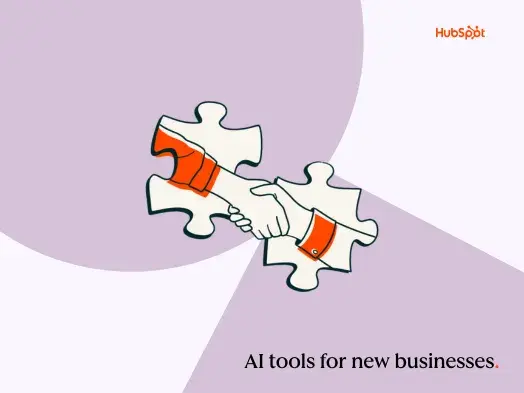
![AI email subject lines that drive 3x more revenue and actually convert [+ exclusive insights]](https://53.fs1.hubspotusercontent-na1.net/hubfs/53/ai-email-optimization-1-20251014-4500151-1.webp)

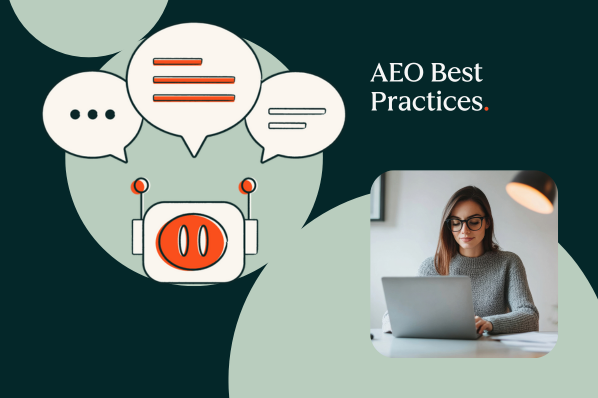
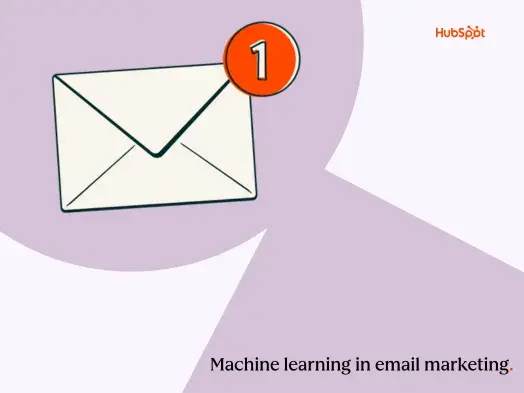
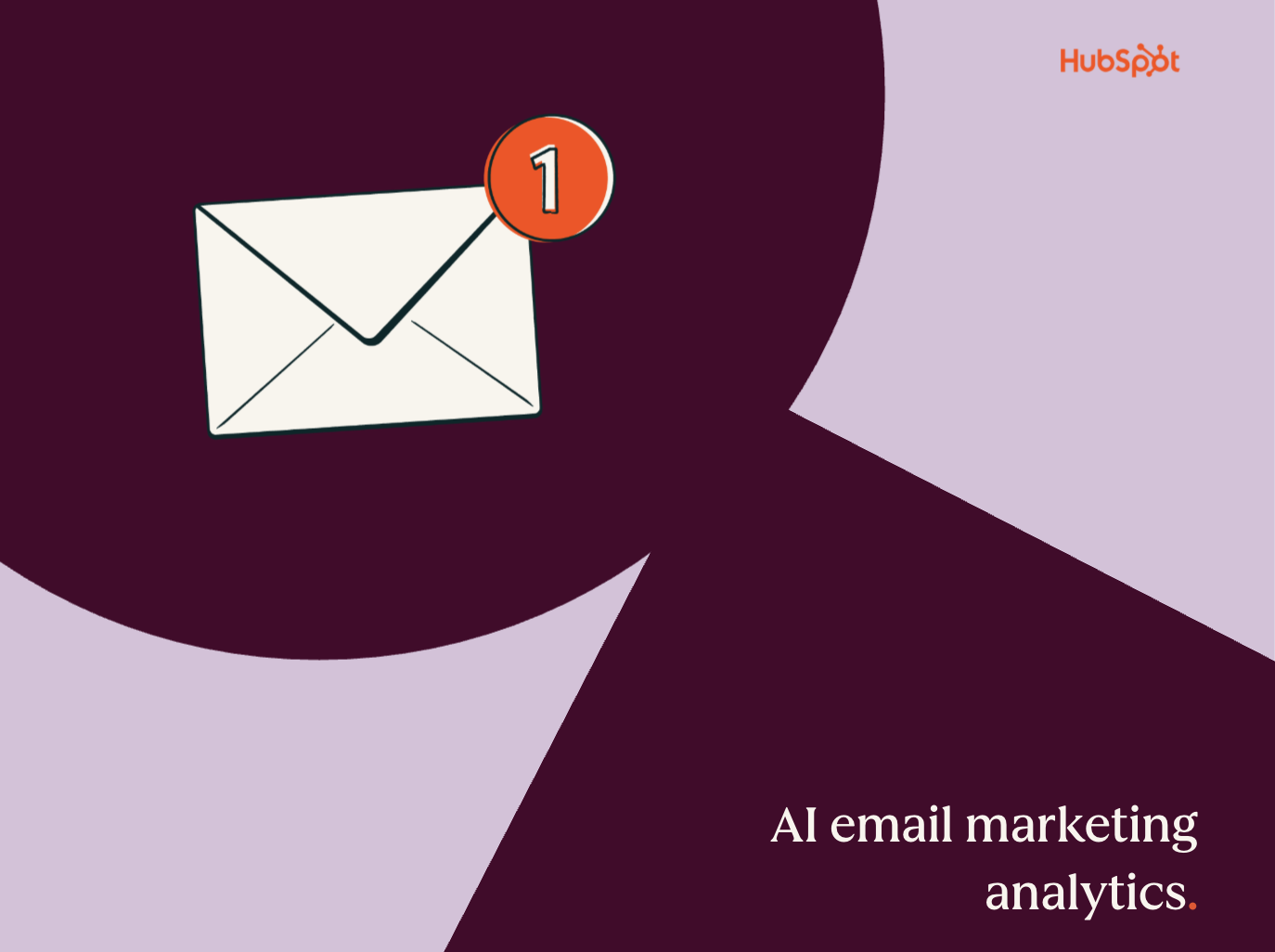

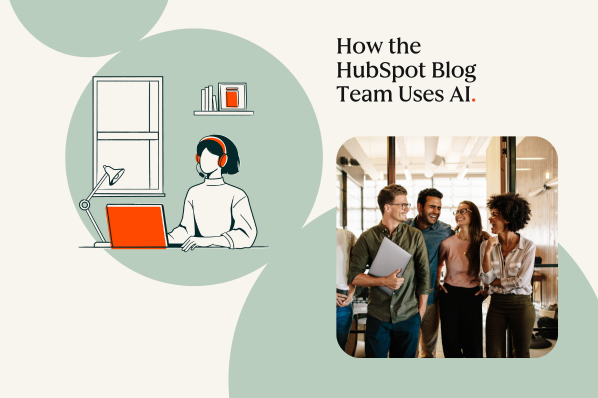
-1-20250905-2237709%202.webp)